Understanding Perineal Tears
Perineal tears are a common concern for many birthing individuals, particularly those planning a vaginal delivery. While the thought of tearing can be anxiety-inducing, it's important to know that most tears are minor and heal well with proper care. At Corona Station Physical Therapy, we are dedicated to supporting birthing individuals with evidence-based guidance for prevention and postpartum recovery.
What Are Perineal Tears?
The perineum is the area between the vaginal opening and the anus. During vaginal birth, this tissue may stretch and occasionally tear as the baby passes through the birth canal. Perineal tears are classified into four degrees based on their severity:
First-degree: Involves only the skin of the perineum
Second-degree: Involves the skin and perineal muscles (most common)
Third-degree: Extends into the anal sphincter
Fourth-degree: Extends through the anal sphincter into the rectal mucosa
While first- and second-degree tears are relatively common and typically heal without complications, severe tears (third- and fourth-degree) are rare, occurring in approximately 1-3% of vaginal births (Sultan & Thakar, 2009).
Risk Factors for Perineal Tearing
Several factors may increase the likelihood of a perineal tear during childbirth:
First vaginal birth (nulliparity)
Large baby (macrosomia)
Instrumental delivery (use of forceps or vacuum)
Rapid or very prolonged second stage of labor
Midline episiotomy
Occiput posterior (baby facing up) position
Shoulder dystocia
Maternal age over 35
(Source: Royal College of Obstetricians and Gynaecologists [RCOG], 2015)
Prevention Strategies
Fortunately, many strategies can help reduce the risk of perineal tearing. These include both clinical practices and supportive care models:
Perineal Massage
Regular perineal massage during the last 4–6 weeks of pregnancy has been shown to reduce the incidence of perineal trauma requiring suturing, especially for first-time mothers (Beckmann & Garrett, Cochrane Database, 2006).Warm Compresses During Pushing
Applying a warm compress to the perineum during the second stage of labor may reduce the risk of third- and fourth-degree tears (Aasheim et al., Cochrane Review, 2017).Using a Doula
Continuous support from a trained birth doula has been associated with reduced interventions and improved outcomes. According to Evidence Based Birth, doula-supported births show lower rates of instrumental delivery and higher satisfaction with the birth experience. Doulas may help optimize positioning, advocate for natural pushing techniques, and provide perineal support, all of which may help prevent tearing.Avoiding Routine Episiotomy
Episiotomy (surgical cutting of the perineum) was once routine but is now discouraged unless medically necessary, as it may increase the risk of more severe tears (WHO, 2018).
Treating and Recovering from Perineal Tears
Treatment depends on the degree of tearing:
First- and Second-Degree Tears: Typically stitched with dissolvable sutures. Most heal well with rest, proper hygiene, and pelvic floor support.
Third- and Fourth-Degree Tears: Require surgical repair and close follow-up. Physical therapy and specialist care are key to full recovery.
At Corona Station Physical Therapy, we specialize in postpartum rehabilitation, offering evidence-based care including:
Education on perineal stretching and prevention strategies
Pelvic floor therapy to restore function and reduce discomfort
Scar mobilization to improve tissue flexibility and reduce pain
Guidance on bowel and bladder health after a perineal tear
Guidance on returning to penetrative intercourse after a perineal tear
Perineal tears, while common, are not inevitable. With the right preparation and support—including physical therapy, perineal massage, doula care, and informed birthing choices—many people can reduce their risk and recover well. If you’re pregnant or postpartum and want to learn more about protecting and restoring your pelvic health, we’re here to help!
Written by: Chantal Pinsent, MScPT, Certified Childbirth Educator





